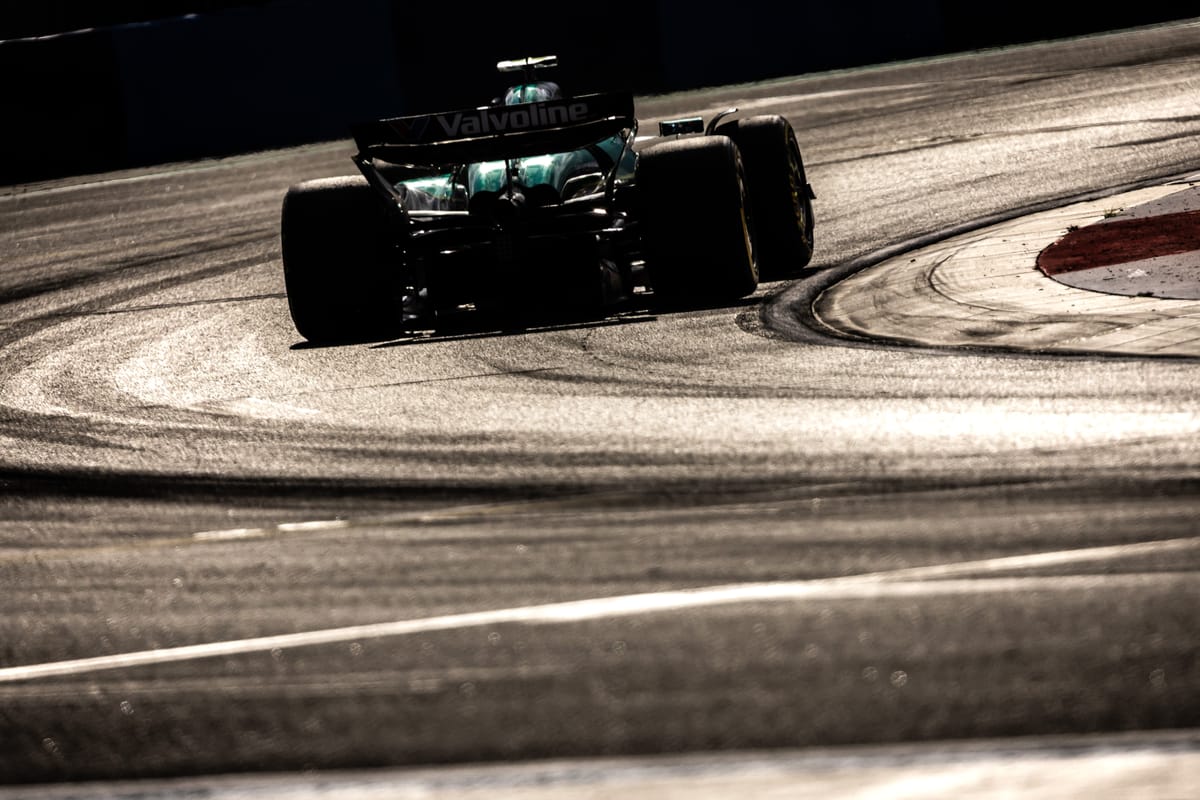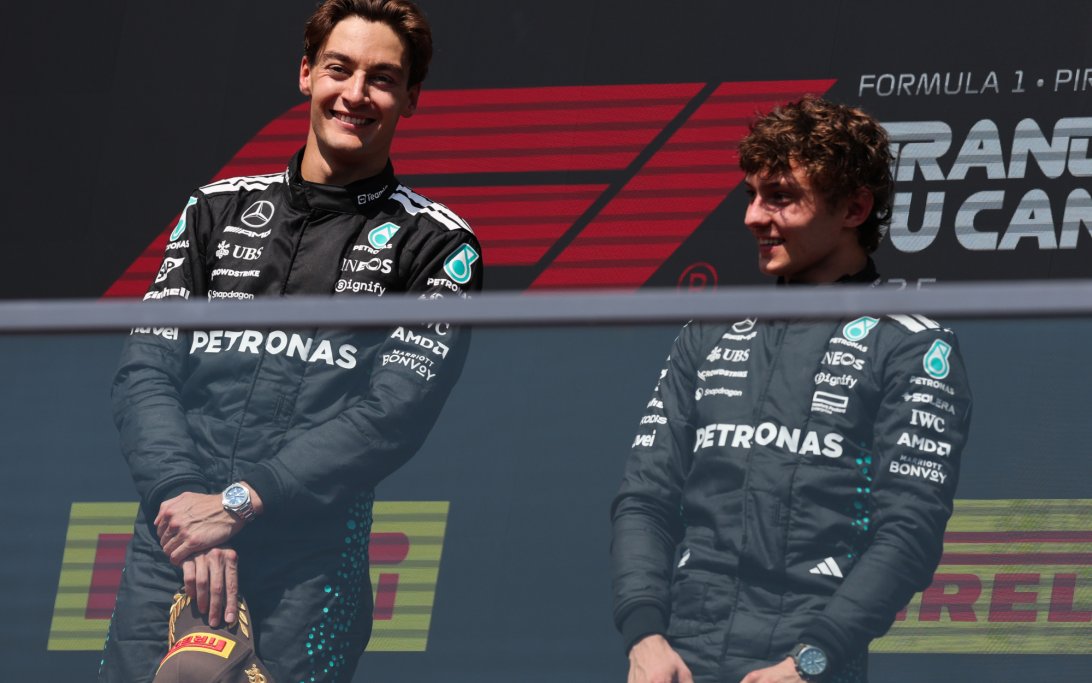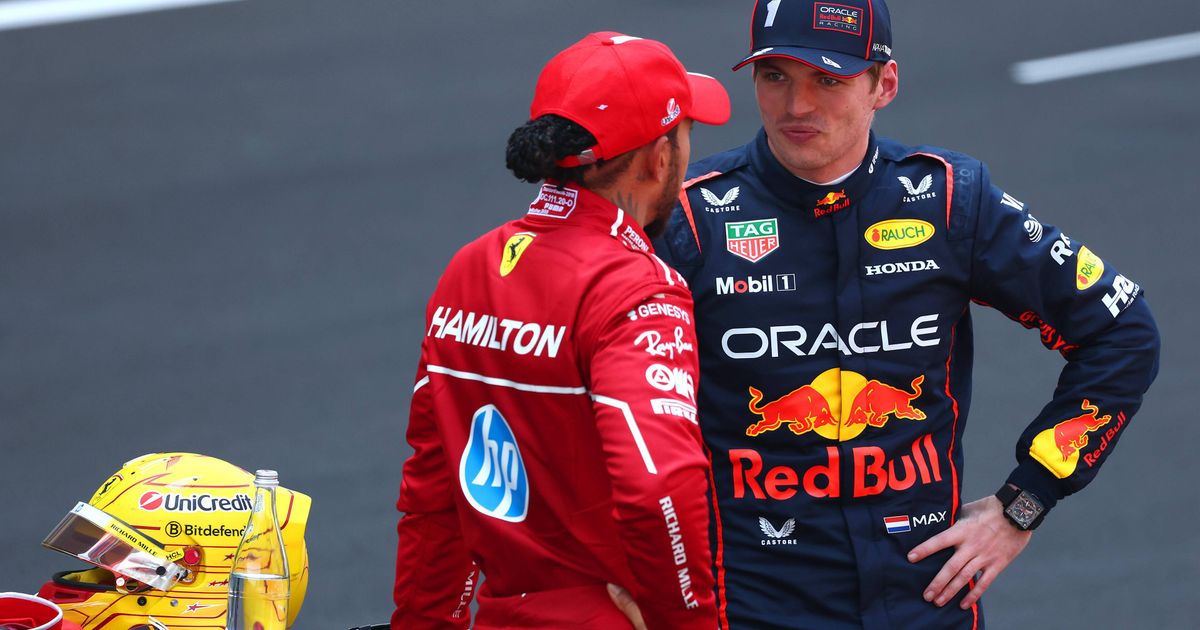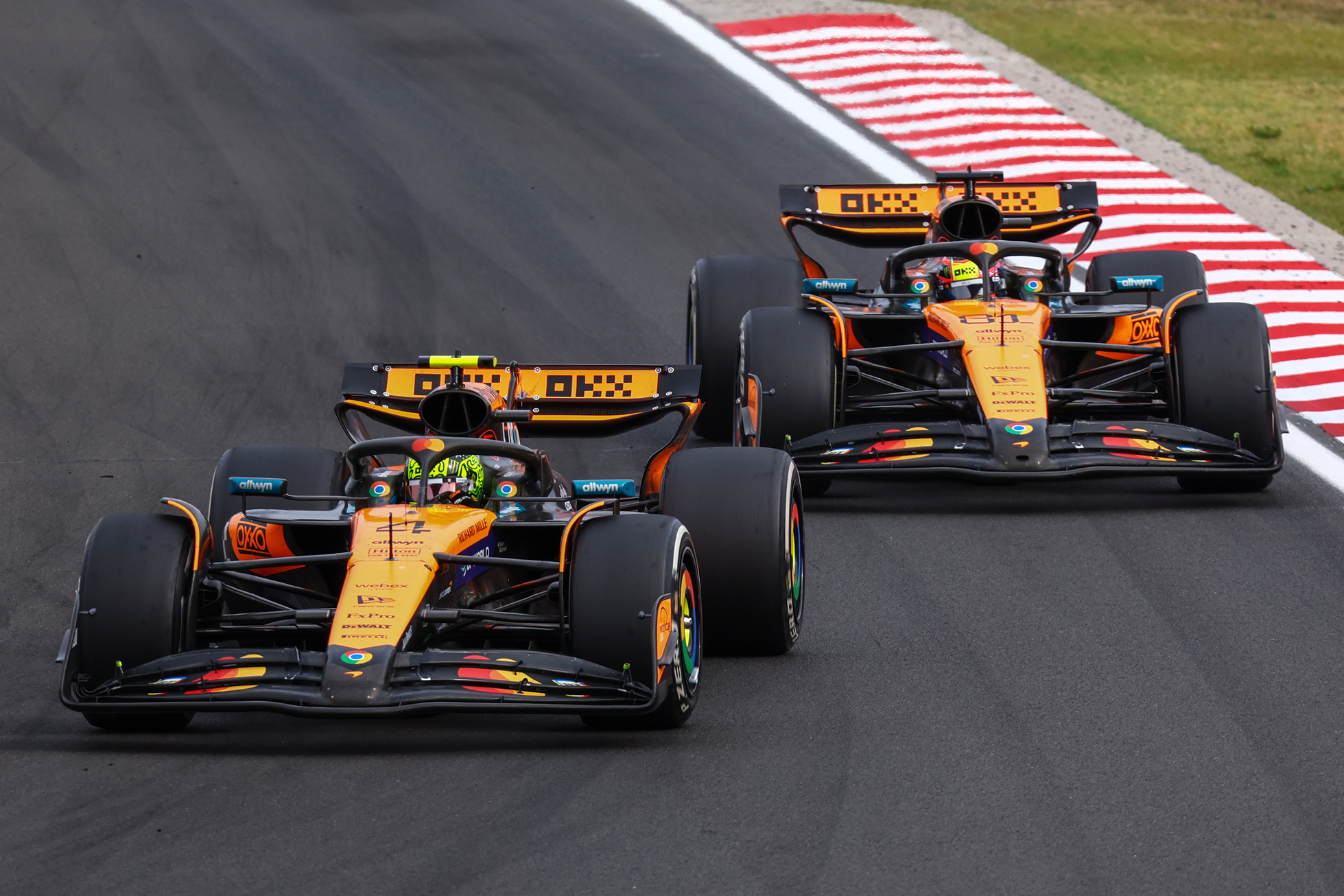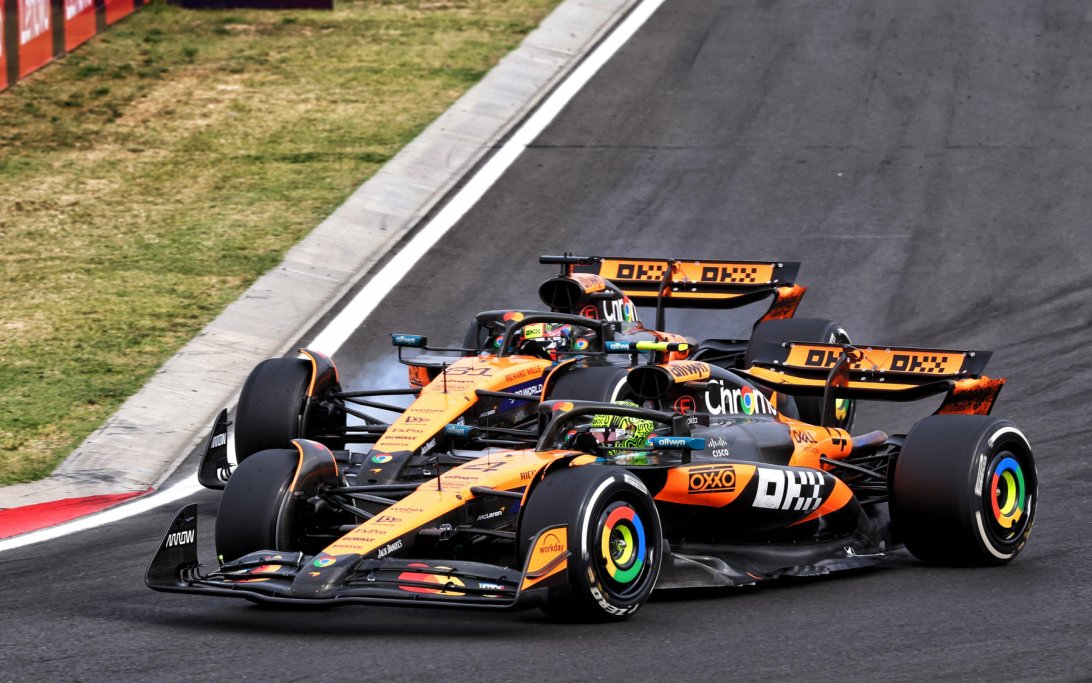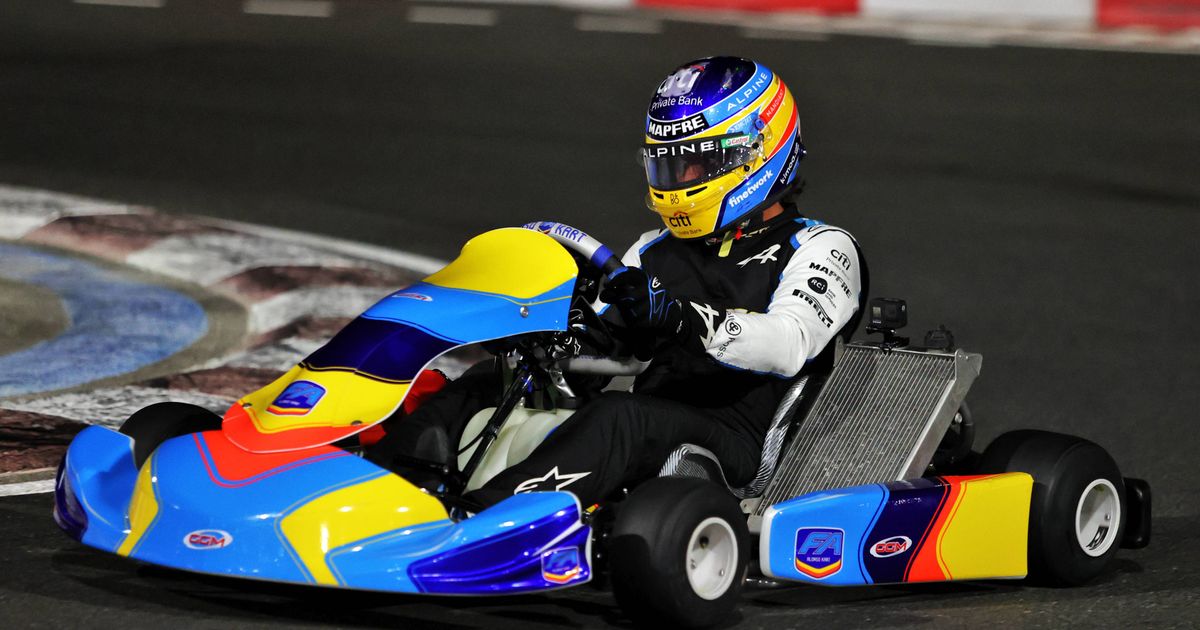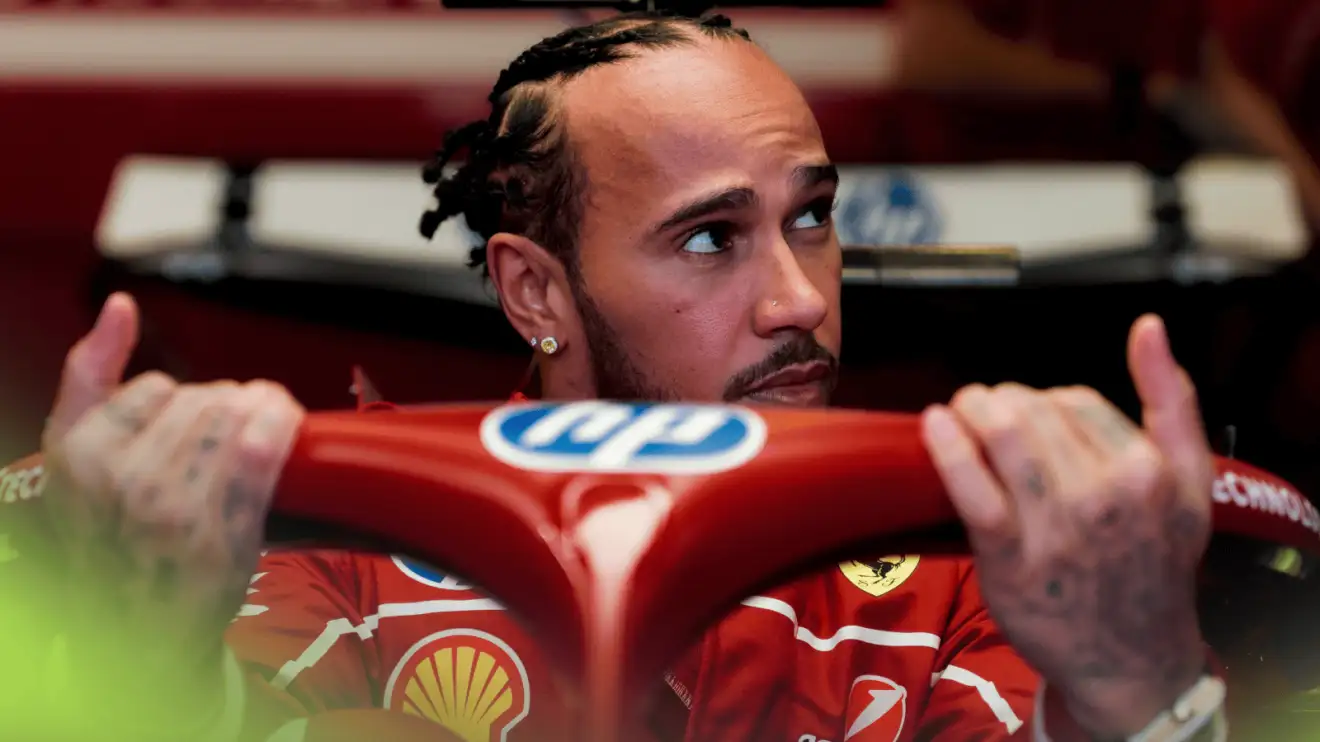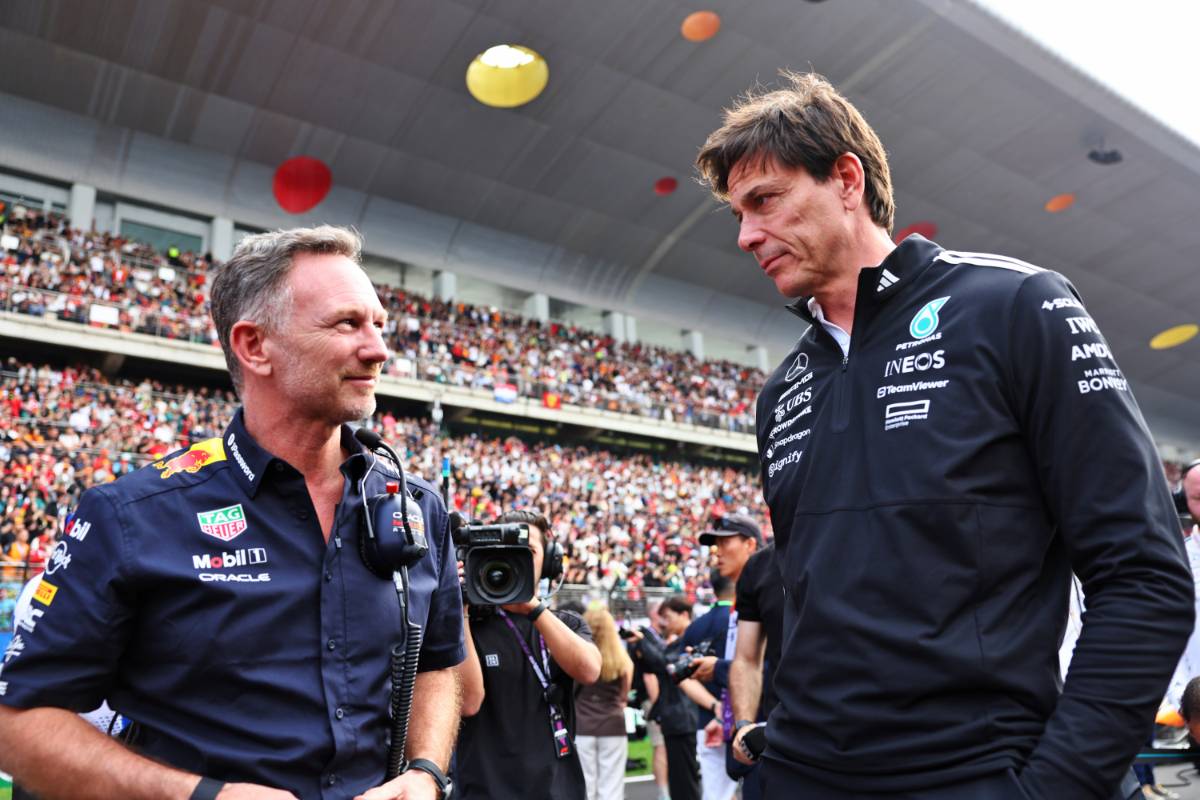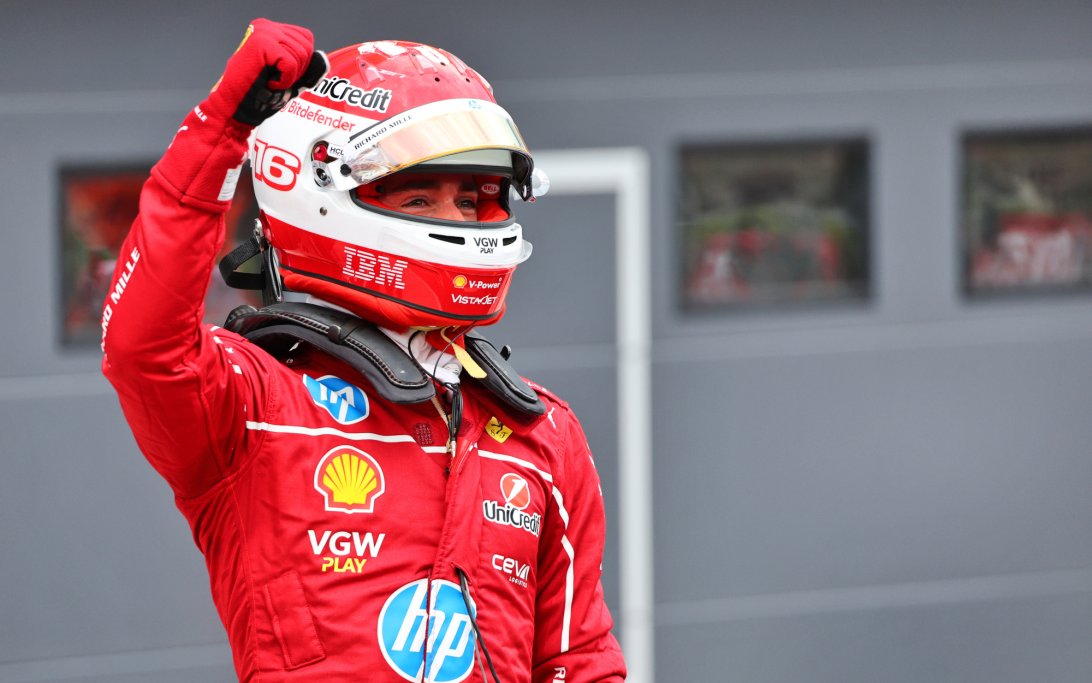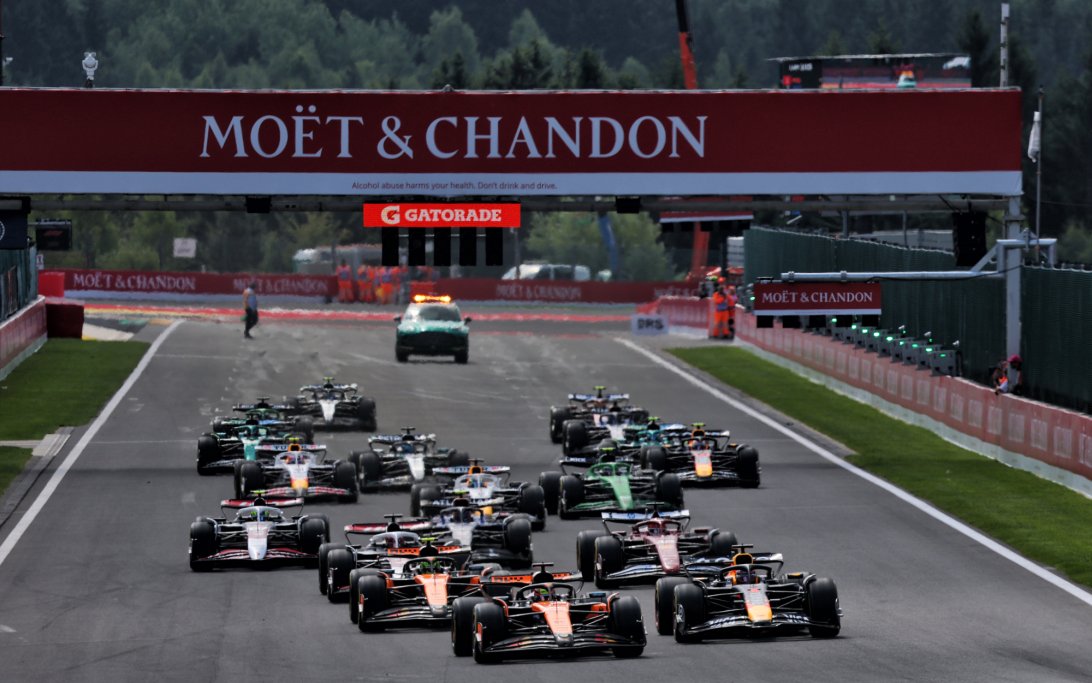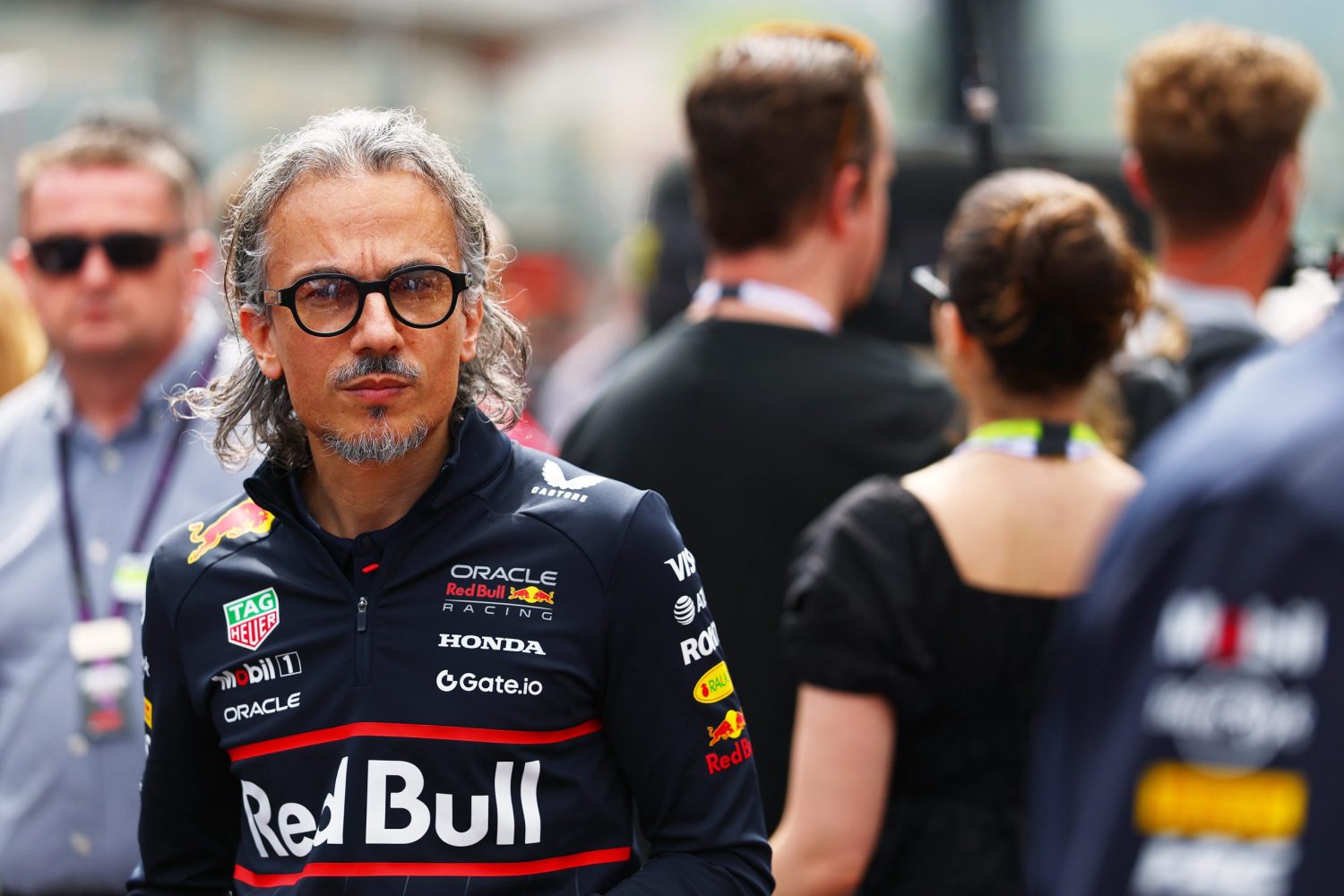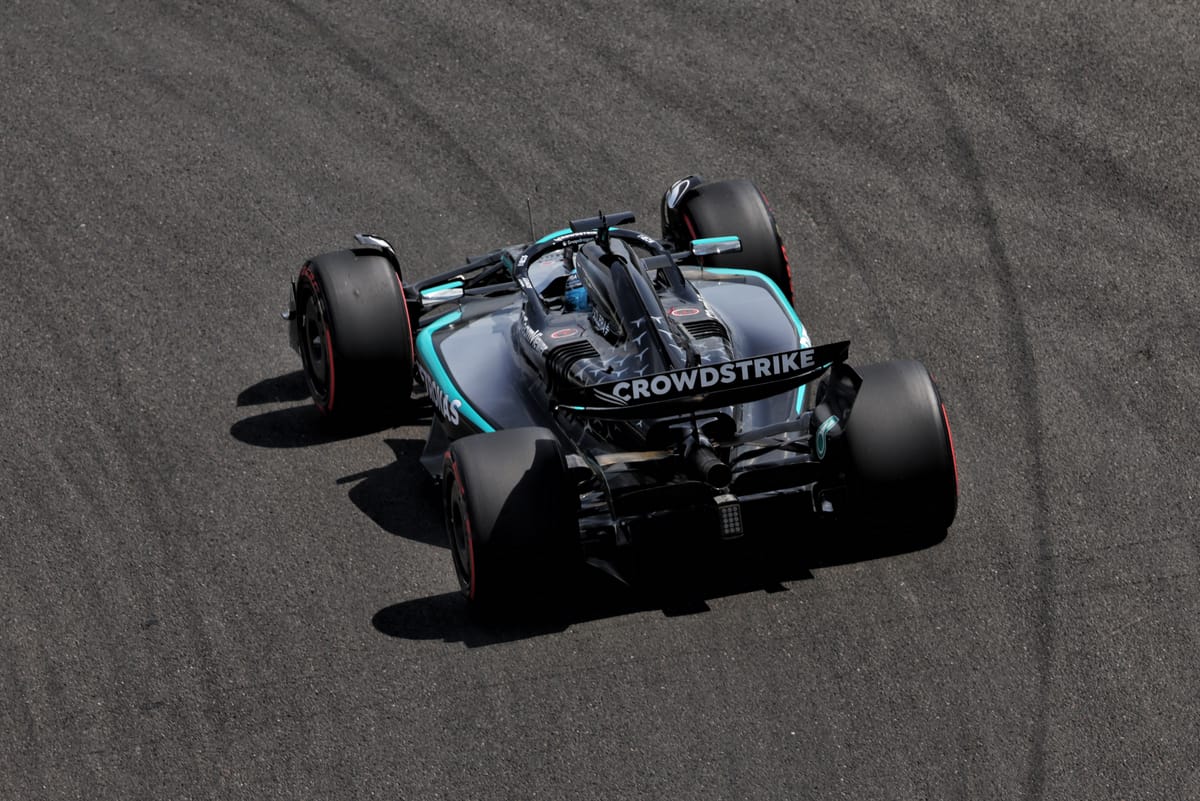Mercedes Scraps Problematic Rear Suspension Upgrade
Mercedes team principal Toto Wolff expects a problematic rear suspension upgrade, introduced at the Emilia Romagna Grand Prix, to be discarded. This follows improved performance in Hungary after reverting to the old specification.
Why it matters: This decision highlights Mercedes' ongoing struggle with correlating digital design tools and real-world track performance. The upgrade severely impacted driver confidence and car stability.
The details:
- The Issue: Intended to improve anti-lift, the new rear suspension caused instability, making the car difficult for George Russell and Andrea Kimi Antonelli to drive confidently.
- Hungary Reversion: Russell secured third place in Hungary after Mercedes removed the problematic suspension. He credited this change for the team's strongest race pace of the season, excluding Canada.
- Diagnosis Delay: Wolff admitted it took "a few races" to identify the flaw. A win in Montreal with the part and complex track conditions initially confused analysis. Trackside engineering director Andrew Shovlin also cited delayed lab results.
- Wolff's View: Wolff stated the rear axle would "end up in a bin," acknowledging the upgrade was "utterly wrong" despite simulation. He emphasized the F1 challenge of aligning digital predictions with real-world outcomes.
What's next:
- Learning for 2026: Shovlin believes these problems offer valuable lessons for designing the crucial 2026 car, now Mercedes' primary development focus.
- No Further Upgrades: Wolff confirmed no more upgrades for the current car. All resources are directed towards the 2026 regulations, aiming to leverage regained stability for optimized performance.





